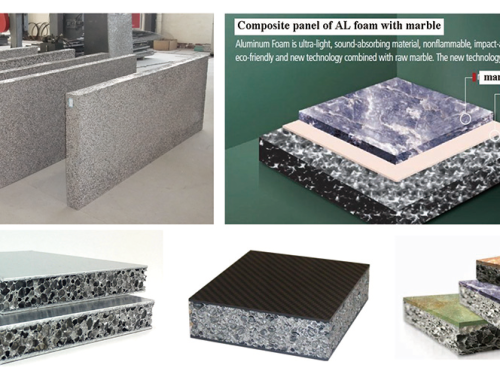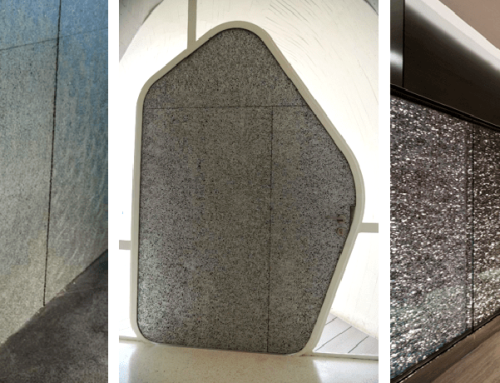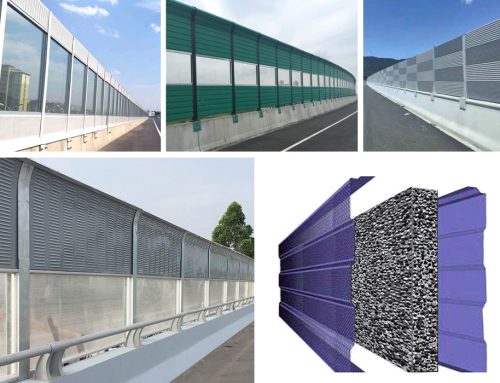
Copper foam is a new type of multifunctional material with a large number of connected or non-connected pores evenly distributed on the copper matrix. Copper foam has good conductivity and ductility. Compared with nickel foam, it has low preparation cost and good conductivity, and can be used to prepare battery negative electrode (carrier) material, catalyst carrier and electromagnetic shielding material.
In particular, foamed copper has some obvious advantages as a substrate for battery electrodes, but because copper is not as corrosion-resistant as nickel, it also limits some of its applications.
The foamed copper is prepared by powder metallurgy and electroplating, and the foamed metal is prepared by adding a foaming agent into the molten metal;
1.Powder metallurgy metal foams made by adding a blowing agent (such as NH4Cl) to the powder, the blowing agent volatilizes during sintering, leaving voids.
2. Electrochemical deposition method can be used to prepare foamed metal with regular shape and porosity up to 95%, including metal foams with Cu, Ni, NiCrFe, ZnCu, NiCu, NiCrW, NiFe and other metals and alloys as skeletons.
The metal is deposited on the porous body by electrochemical method, and the deposited components are joined together by sintering, and the strength reaches the required high-porosity metal foam, which has a high porosity and can be filled with more materials, such as catalysts. , electrolyte, etc.
3. Through-hole copper foam is prepared by sintering-desolvation process, and the electrolytic copper powder, NaCl particles and additives are mixed uniformly and pressed into green compacts. The sintering furnace is placed in an argon atmosphere for sintering, and the obtained product is placed in circulating hot water. Dissolved in the device, then washed with ultrasonic water bath and acetone, and finally dried to form open pores, which are composed of a three-way connected space network, with a porosity of 50-81%, an average pore diameter of 0.2-4 mm, and a pore distribution.




